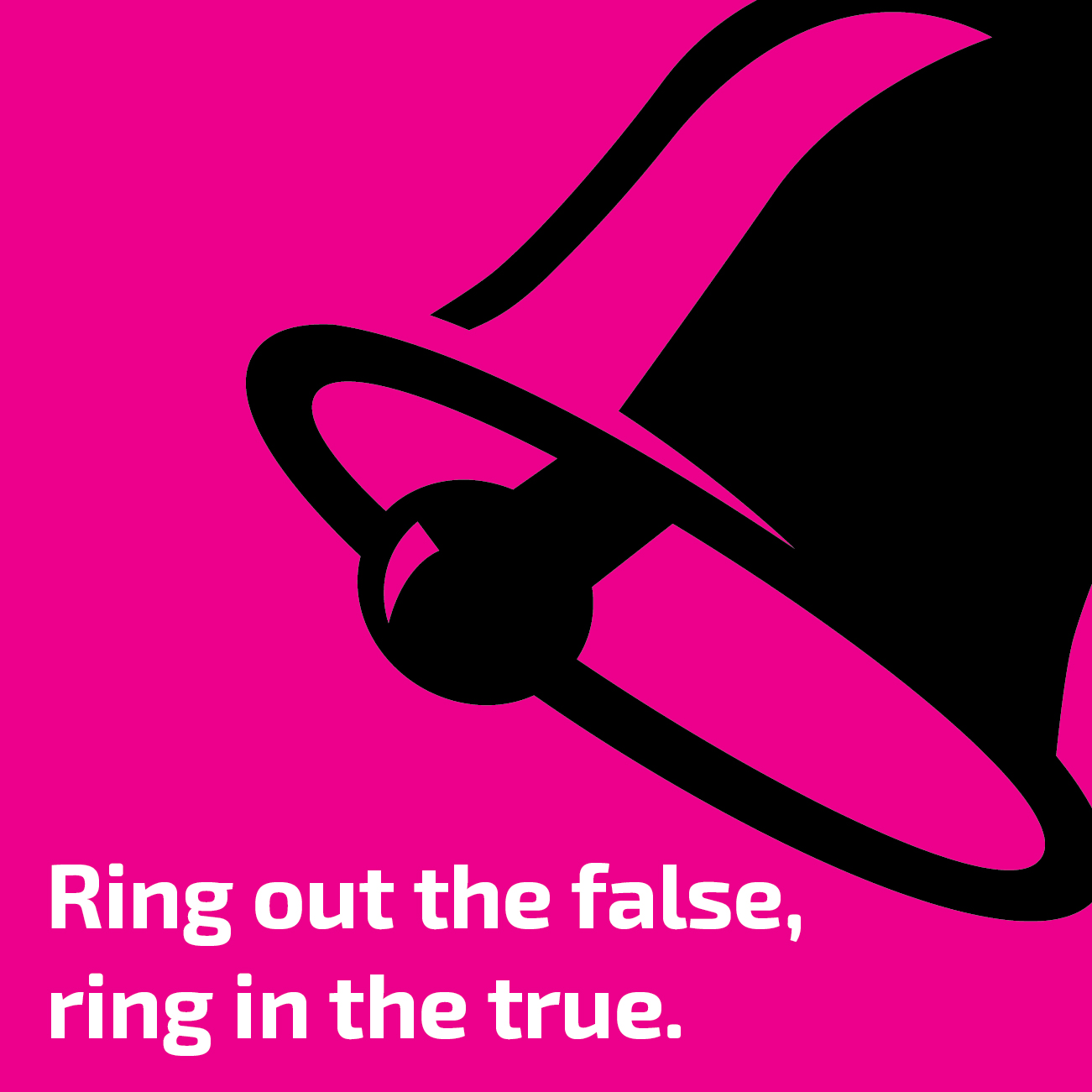Design Thinking starts with empathy. How can we better understand our clients and their challenges?
Ring out the old, ring in the new,
Ring, happy bells, across the snow:
The year is going, let him go;
Ring out the false, ring in the true.
– Alfred Tennyson
Tennyson’s bells are not the clattering, clanking bells. These bells are happy rather than wild. Gentle bells are chiming.
Design Thinking starts with empathy. How can we better understand our clients and their challenges? By asking questions, by not being satisfied with the quick answer or the oversimplified explanation. We need to look at the details, find the truth, then share the results in an honest way. Our job is often about the distillation of a message to its simplest form. Yet, we do our clients and our audiences a disservice when we commit serious errors of omission. And here’s the thing, it takes much longer to write an accurate, succinct message that people will actually read.
“Everyone is entitled to his own opinion, but not to his own facts,” said former New York Senator Daniel Patrick Moynihan. That seems even more relevant today when no one can agree on what’s true. Is it more true or more false because it’s on the Internet? I saw a popular meme making the rounds about a free perfume that was poisoning the recipients. Turns out, it was all fake, it never happened. Yet the person who posted it didn’t care whether it was true or false. Her response when shown the truth: “Well, it could have happened, and it makes you think.”
But it didn’t happen, and sometimes when we conflate the false with the truth we create a new rationale for accepting the false as truth. We should spend more time digging for the truth, finding the nuance, and trying to understand the context.
Let’s take the time to get it right.
When I was a child there was an old grouchy parish priest name Father Dempsey who used to yell at us about how we prayed. He wanted us to memorize the old prayers and carefully recite them. Otherwise, he said our sloppy prayers were like sending dead flowers. He would ask, “Do you want to send dead flowers to God?” I used to think he was just a crazy old bat, and yet now I think he was trying to tell us that the words we use and the accuracy of those words matter. So, as we move forward in 2020, let’s take the time to get it right. Let’s ring out the false, ring in the true.
Back to Insights





